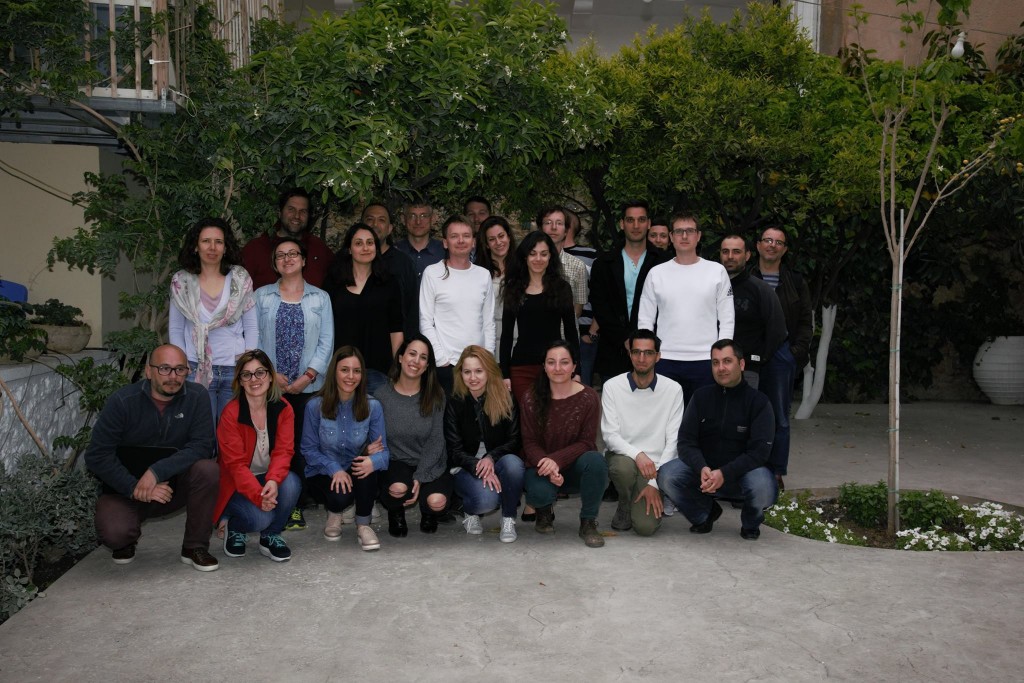The 2nd ECARS Summer School was held in Agios Nikolaos and Finokalia, Crete, Greece between 3-12 April 2017.
The main objective of this summer school was to provide theoretical and hands-on training on various subjects such as: aerosol, cloud and trace-gases measurements using ground-based remote sensing networks, airborne and satellite observation with focus on dust, the use of remote sensing for data assimilation and validation of dust forecasts.
2nd ECARS Summer School “Satellite Cal/Val Activities employing ground-based remote sensors” was successful both in terms of organization and execution. The lectures, tailored according to the program, had been presented by experts from National Observatory of Athens – Greece, Universite des Sciences et Technologies de Lille 1 – France, University of Hertfordshire – United Kingdom, Physikalisch-Meteorologisches Observatorium Davos –Switzerland, Met Office – United Kingdom. The ECARS partners together with all specialists involved in PRE-TECT campaign offered technical assistance with respect of large-scale atmospheric cal/val exercise, focused on the evaluation of aerosol and cloud satellite products employing ground-based and airborne sensors. At the end of summer school students had presented the results of their working groups which are foreseen to become scientific articles.
Presentations from the 2nd ECARS Summer School
Ground-based validation of spaceborne lidar measurements (M. Proestakis, V. Amiridis)
Remote sensing for assimilation and validation of dust forecasts (S. Solomos)
The Skynet network (M. Campanelli)
GRASP/GARRLiC (A. Lopatin)
PM monitoring from space (M. Tesche)
Aerosol optical depth ground-based sensors, homogenization activities between different networks (S. Kazadzis)
ACTRIS, The ground-truth for aerosols, clouds, and trace gases (D. Nicoale)
Airborne lidar for satellite cal/val (aerosols and clouds) (F. Marenco)
CALIPSO validation with airborne in-situ and lidar measurements: Tackling the problem of hygroscopic growth (A. Tsekeri)

